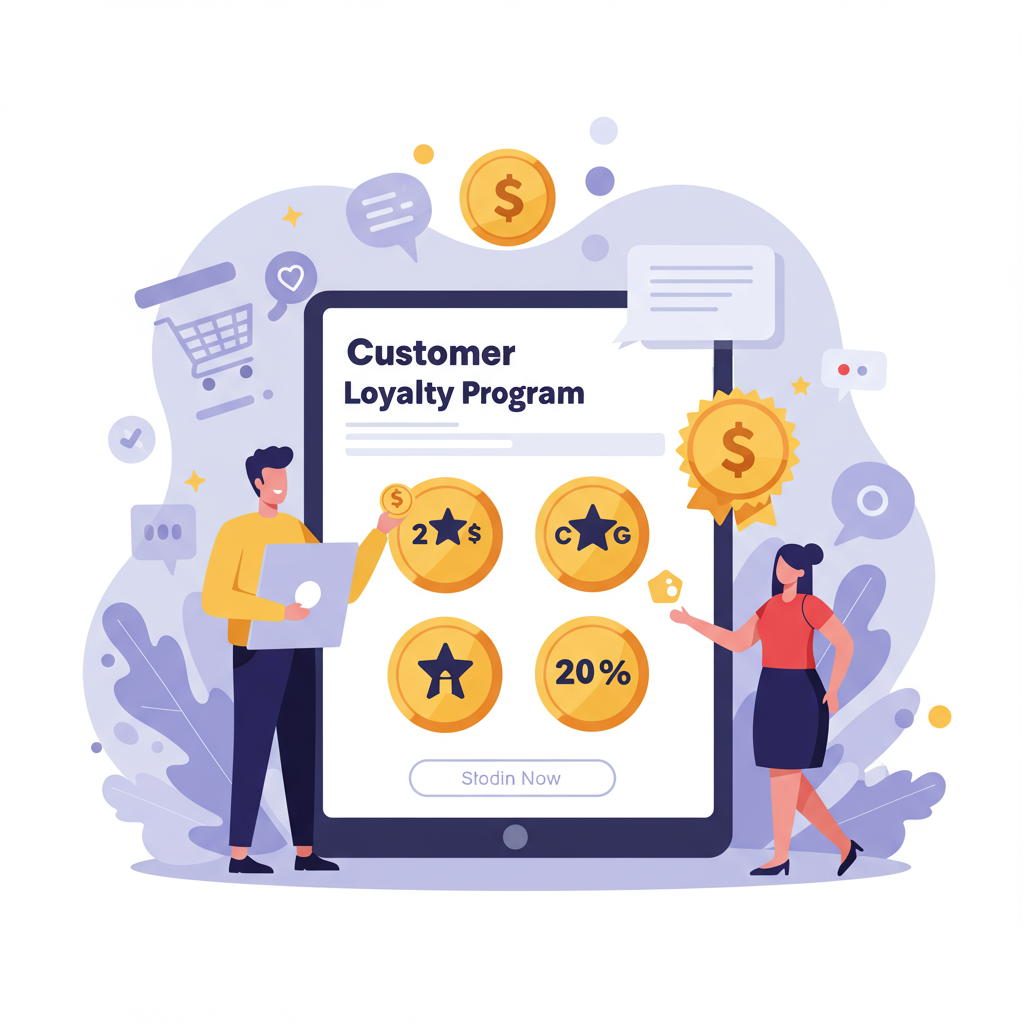Discover how a strategic loyalty program can transform your e-commerce business, boost retention, and drive sustainable growth.
As a Shopify merchant, you’re constantly seeking ways to grow your business.
You’re likely focused on attracting new customers, optimizing your ads, and perfecting your product listings.
While these efforts are crucial, there’s a powerful, often overlooked, strategy that can truly elevate your store: customer loyalty.
Building a loyal customer base isn’t just a nice-to-have; it’s a fundamental pillar of long-term success in e-commerce.
Think about it: your existing customers already know and trust your brand.
They’ve made a purchase, experienced your products, and hopefully, had a positive interaction.
Nurturing these relationships can yield incredible returns, far beyond the initial sale.
In this comprehensive guide, I want to share with you how to implement a winning loyalty strategy for your Shopify store.
We’ll explore the benefits, different program types, key elements, and practical steps to get started.
First, let’s understand why loyalty is so vital.
Customer retention is significantly more cost-effective than customer acquisition.
Studies consistently show that it costs five to seven times more to acquire a new customer than to retain an existing one.
Loyal customers also tend to spend more over time.
Their Lifetime Value (LTV) is considerably higher, contributing more to your bottom line.
Beyond spending, loyal customers become your brand advocates.
They’ll recommend your products to friends and family, generating valuable word-of-mouth marketing.
This organic promotion is incredibly powerful and often more trusted than paid advertising.
So, what kind of loyalty program is right for your Shopify store?
There are several popular models, and the best choice depends on your brand, products, and customer base.
The most common is the points-based system.
Customers earn points for every purchase, which can then be redeemed for discounts, free products, or exclusive experiences.
You can also award points for non-purchase actions, like signing up for your newsletter, leaving a review, or following you on social media.
Another effective model is the tiered program.
Here, customers unlock different levels (e.g., Bronze, Silver, Gold) as they spend more or engage more frequently.
Each tier offers progressively better benefits, such as higher point multipliers, early access to sales, or dedicated customer support.
Then there are paid loyalty programs, often seen as subscription models.
Customers pay a recurring fee for exclusive perks, like free shipping, special discounts, or members-only content.
Amazon Prime is a prime example of this successful strategy.
Value-based loyalty programs appeal to customers who align with your brand’s mission.
Instead of direct discounts, a portion of their purchase might go to a charity, or they might gain access to exclusive community events.
Regardless of the type you choose, a successful loyalty program shares several key elements.
It must be easy to understand and join.
Complicated rules or a difficult sign-up process will deter participation.
The rewards offered must be genuinely valuable to your customers.
Generic discounts might not be enough; consider unique experiences or products.
Personalization is crucial.
Tailor rewards and communications based on customer preferences and past behavior.
An omnichannel experience ensures customers can engage with your program seamlessly across all touchpoints, online and offline.
Clear and consistent communication about the program’s benefits and how to earn/redeem rewards is vital.
Finally, seamless integration with your Shopify store is non-negotiable.
This brings us to the practical steps of implementing a loyalty program on Shopify.
The easiest way is to leverage a dedicated Shopify app.
Popular choices include LoyaltyLion, Smile.io, and Yotpo Loyalty & Referrals.
These apps integrate directly with your store, automating point tracking, reward redemption, and customer communication.
Once you’ve chosen an app, define your program’s rules.
How many points for each dollar spent? What are the redemption thresholds?
What non-purchase actions will earn points?
Design your rewards catalog carefully.
Offer a mix of discounts, free products, and perhaps exclusive access.
Don’t forget to promote your program!
Announce it on your website, in email newsletters, and on social media.
Make it visible on your product pages and at checkout.
Educate your customers on how they can benefit.
Once launched, continuously monitor and analyze your program’s performance.
Track key metrics like redemption rates, customer lifetime value, and repeat purchase rates.
Use this data to identify areas for improvement and optimization.
Some best practices to keep in mind:
Start simple. You don’t need an overly complex program from day one.
You can always add more features and tiers as you grow.
Segment your customers.
Offer different rewards or communication strategies to your VIPs versus new customers.
Surprise and delight your loyal customers with unexpected bonuses or personalized gifts.
This creates memorable experiences and strengthens emotional connections.
Actively solicit feedback from your program members.
What do they like? What could be improved?
Their insights are invaluable for refining your strategy.
Remember, a loyalty program isn’t a set-it-and-forget-it solution.
It requires ongoing attention, analysis, and adaptation to remain effective.
By investing in a well-designed and thoughtfully managed loyalty strategy, you’re not just offering discounts.
You’re building a community, fostering deeper relationships, and securing the long-term success of your Shopify store.
It’s about transforming one-time buyers into lifelong advocates.
I truly believe this approach can significantly impact your bottom line and brand reputation.
What do you think about this article and the importance of loyalty for e-commerce?
I encourage you to explore the options available and start building your own loyal customer base today.
Your Shopify store, and your customers, will thank you for it.






